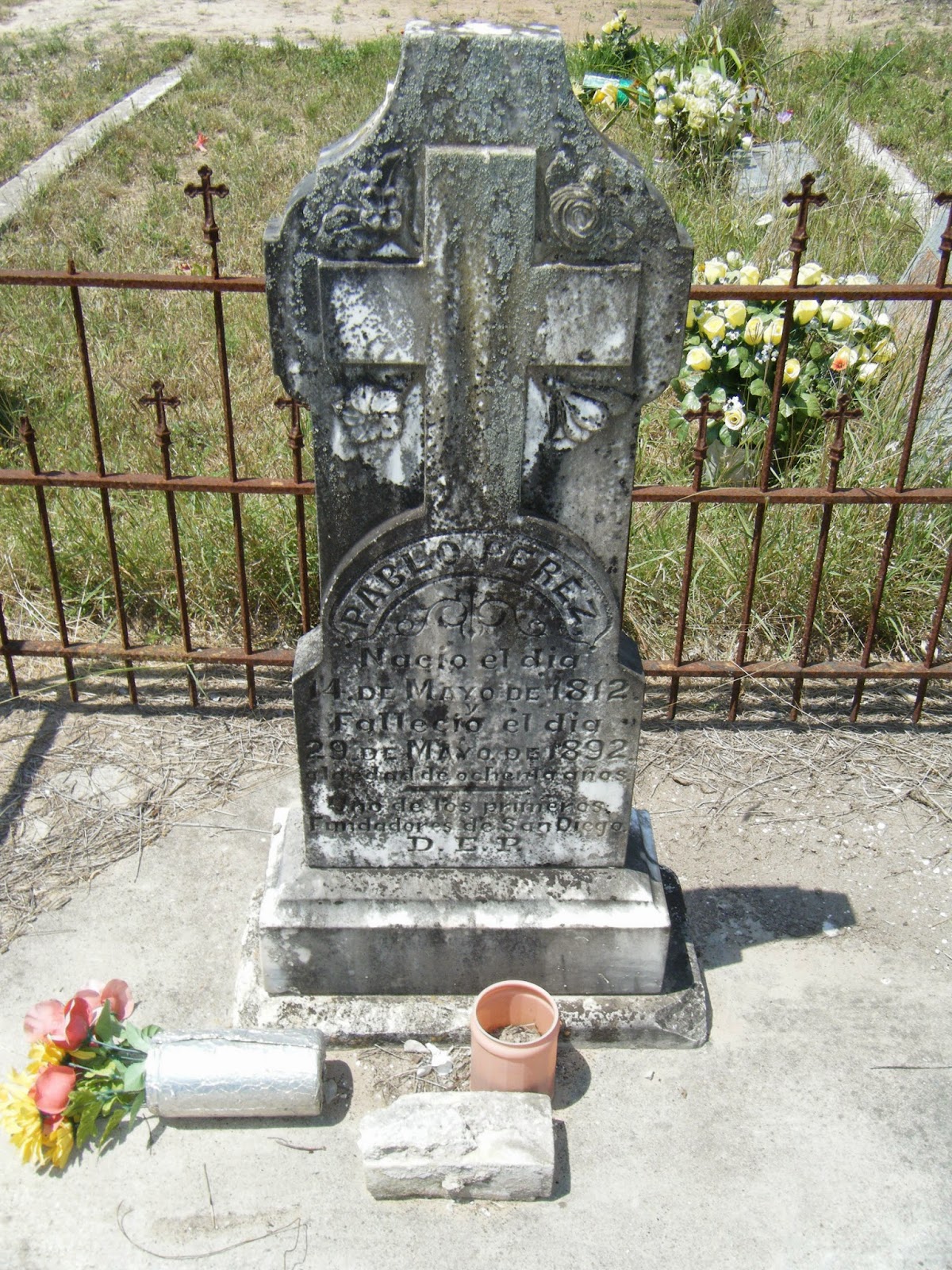Parr wins first election in Duval County in 1896
Weather reports from Duval County were mixed, as 1894 got underway. One report had hundreds going hungry because of the drought that had persisted for six years. Folks in Concepcion were reportedly being helped by a relief agency from the Rio Grande valley. On the other hand, the New York Times reported that the county had made history for having produced the first bale of cotton for the year. The bale arrived in New York on July 2 after being shipped from Houston the week before. It weighed 608 pounds, but the Times did not have the name of the farmer who produced the record bale. Results of the county election in 1894 yielded a new county judge named S. H. Woods. Other officials elected included, William A. Tinney , County and District Clerk; Charles L. Coyner, County Attorney; George Bodet, County Treasurer; Gunter, County Treasurer; John Buckley, Sheriff and Tax Collector; and Pedro Eznal, Assessor of Taxes. Precinct officers elected included, G. D. Garcia, County Comm...
